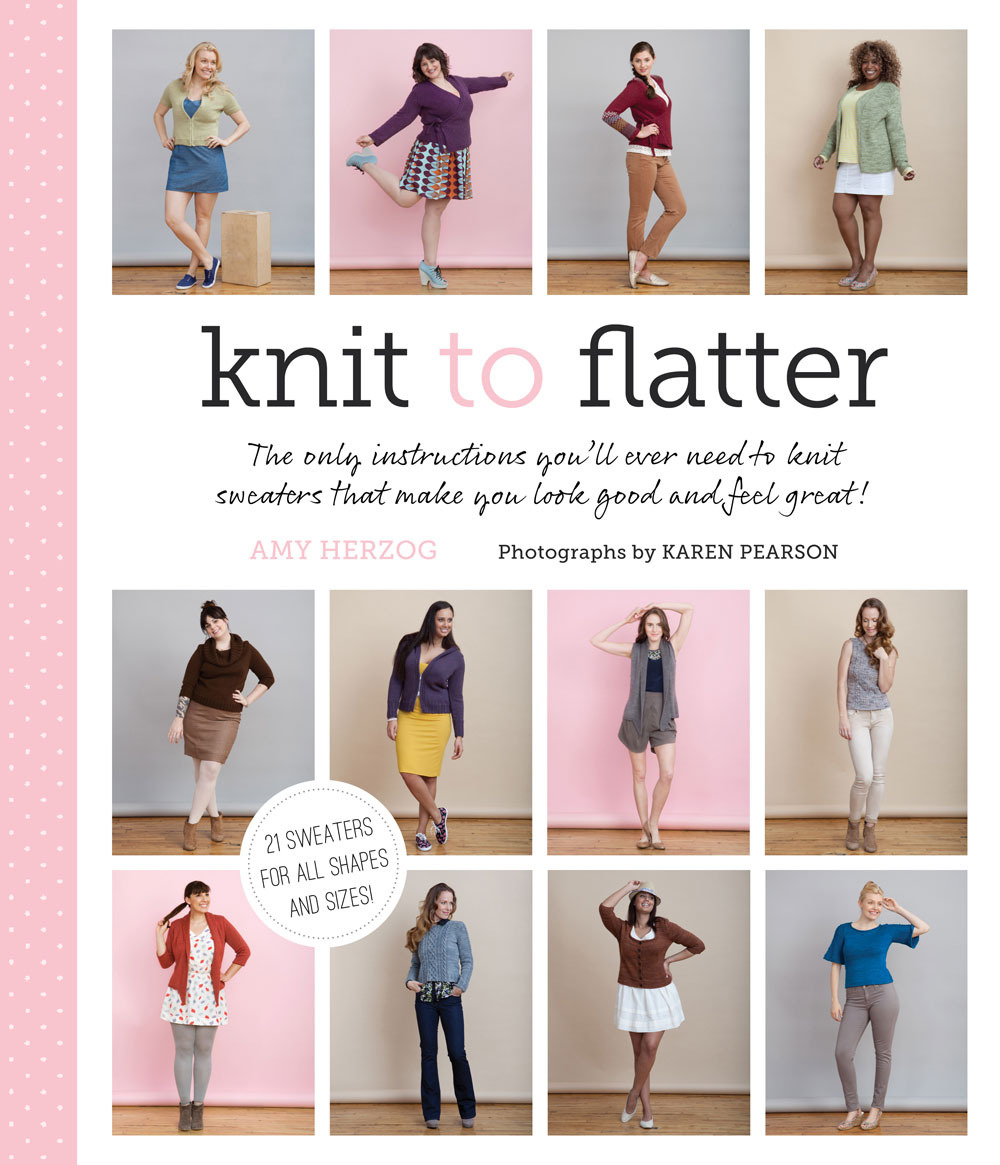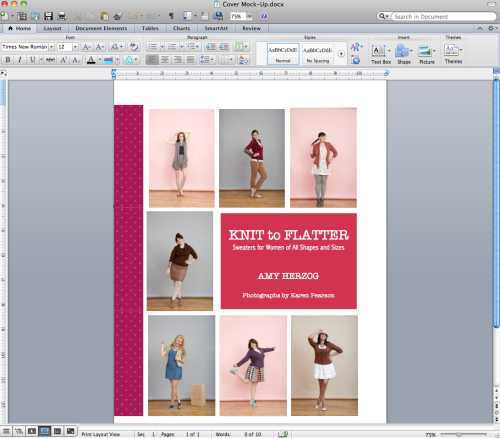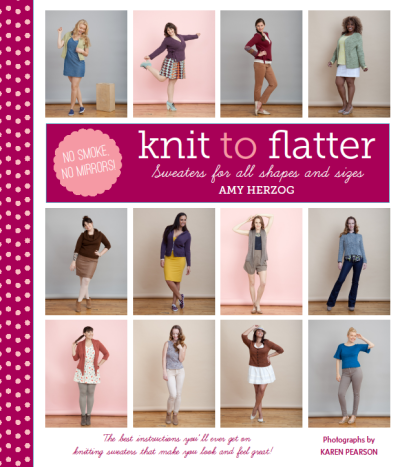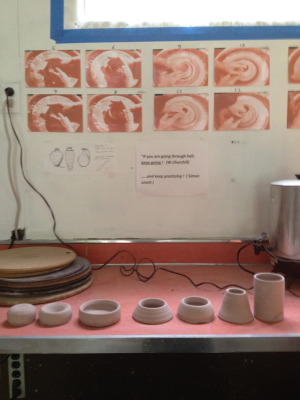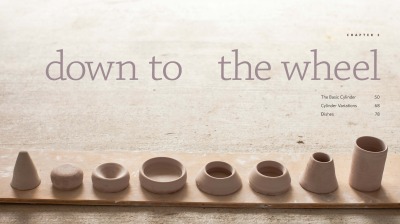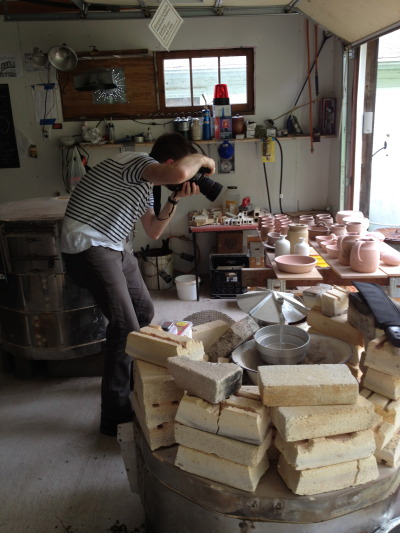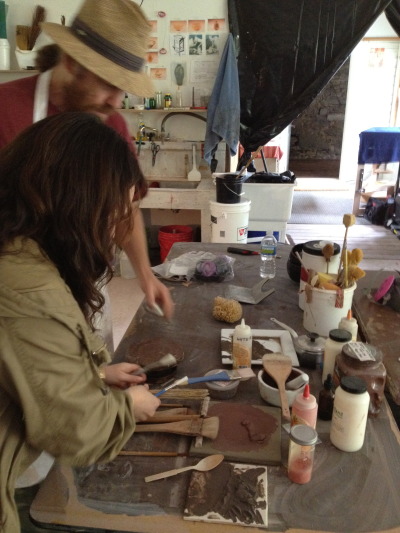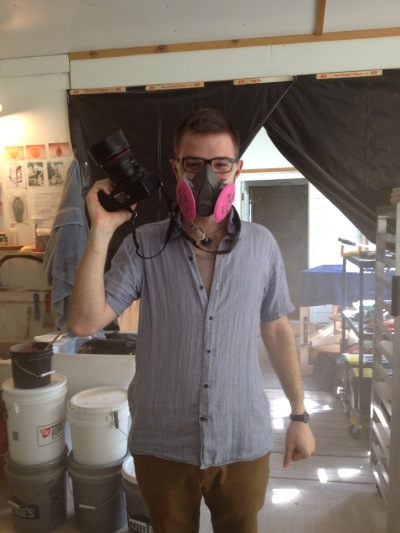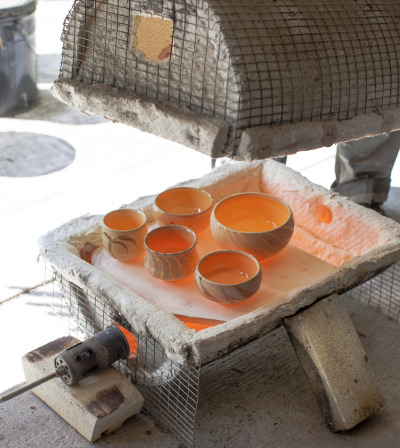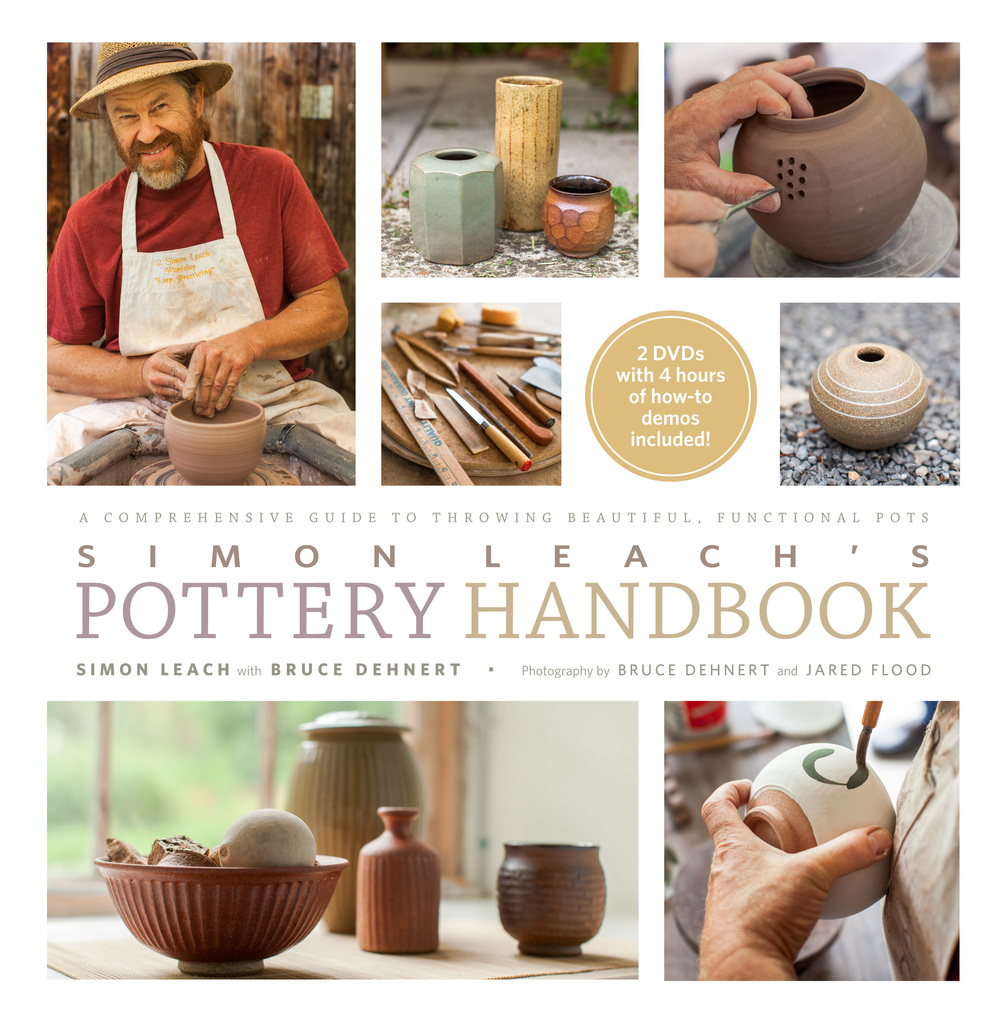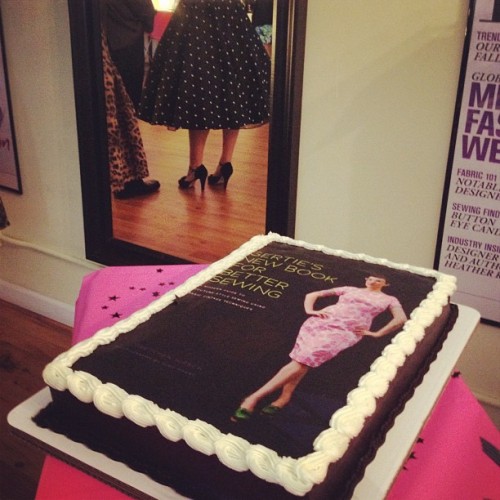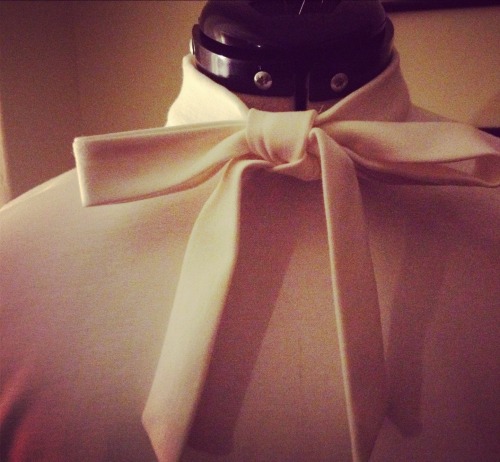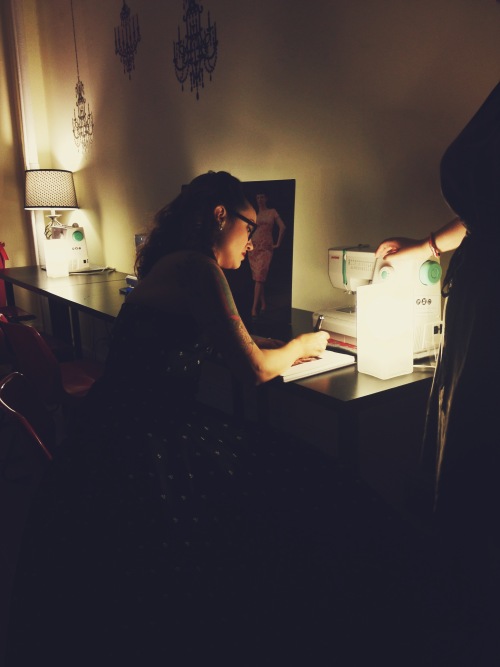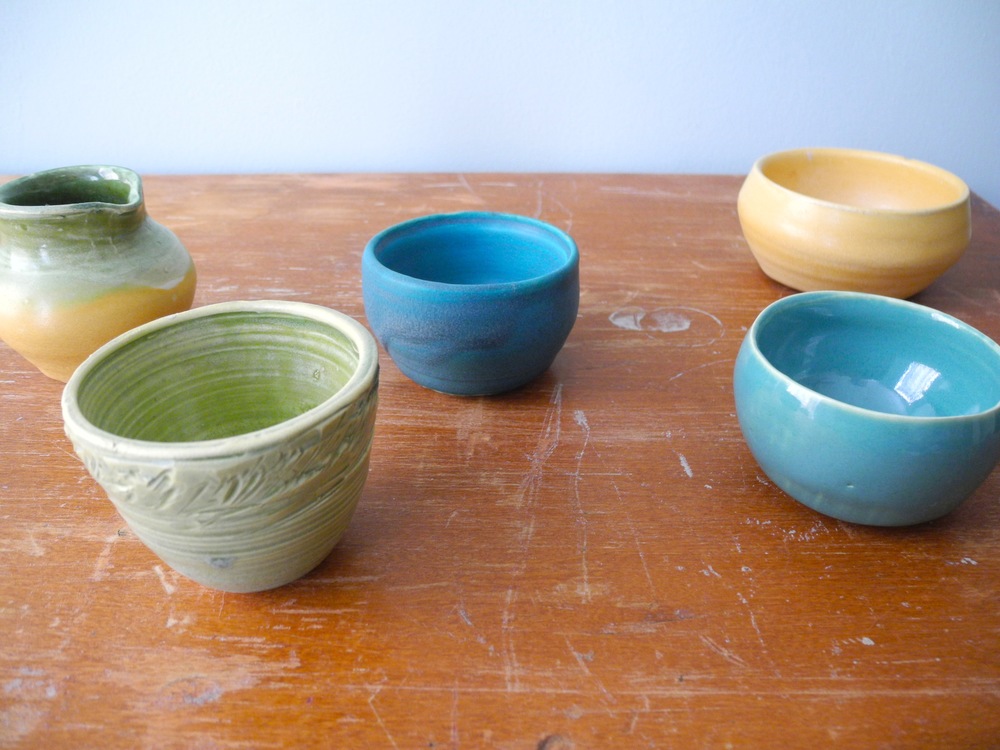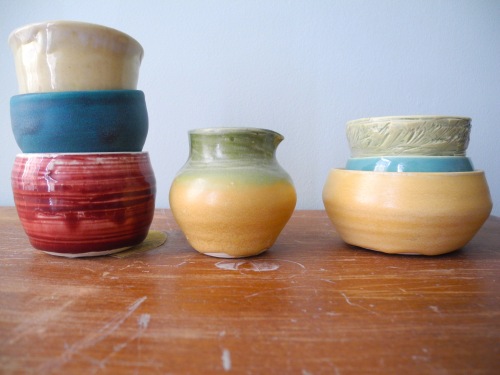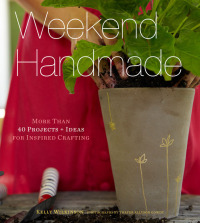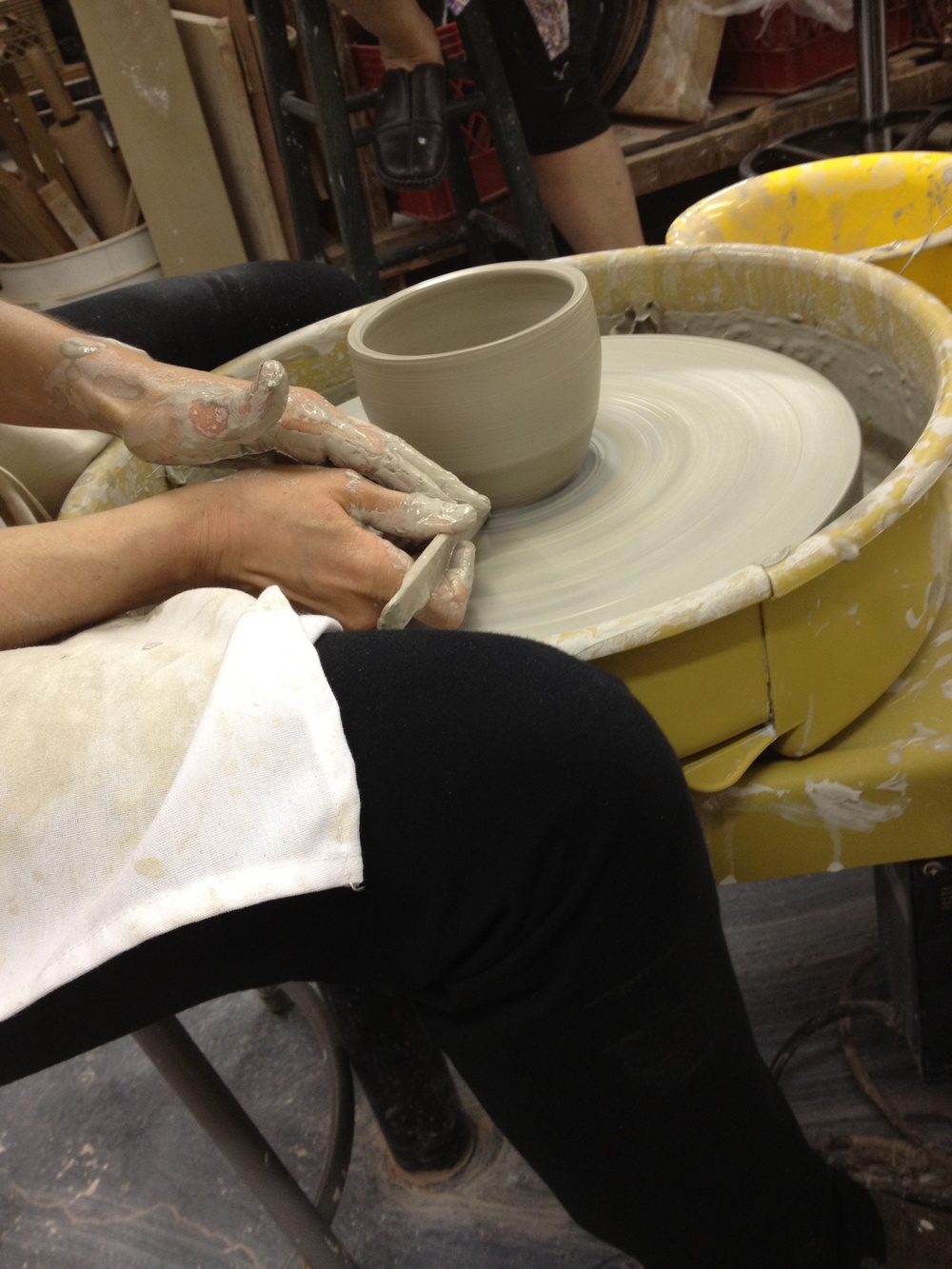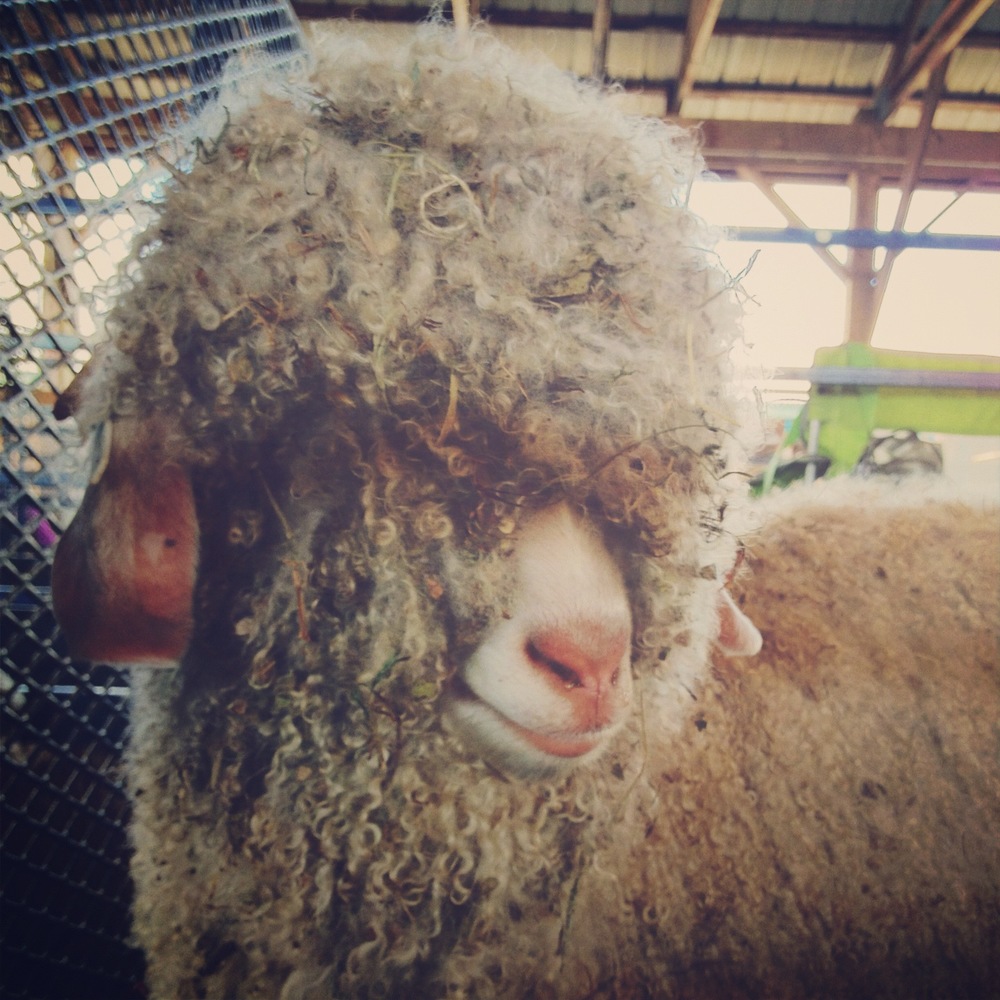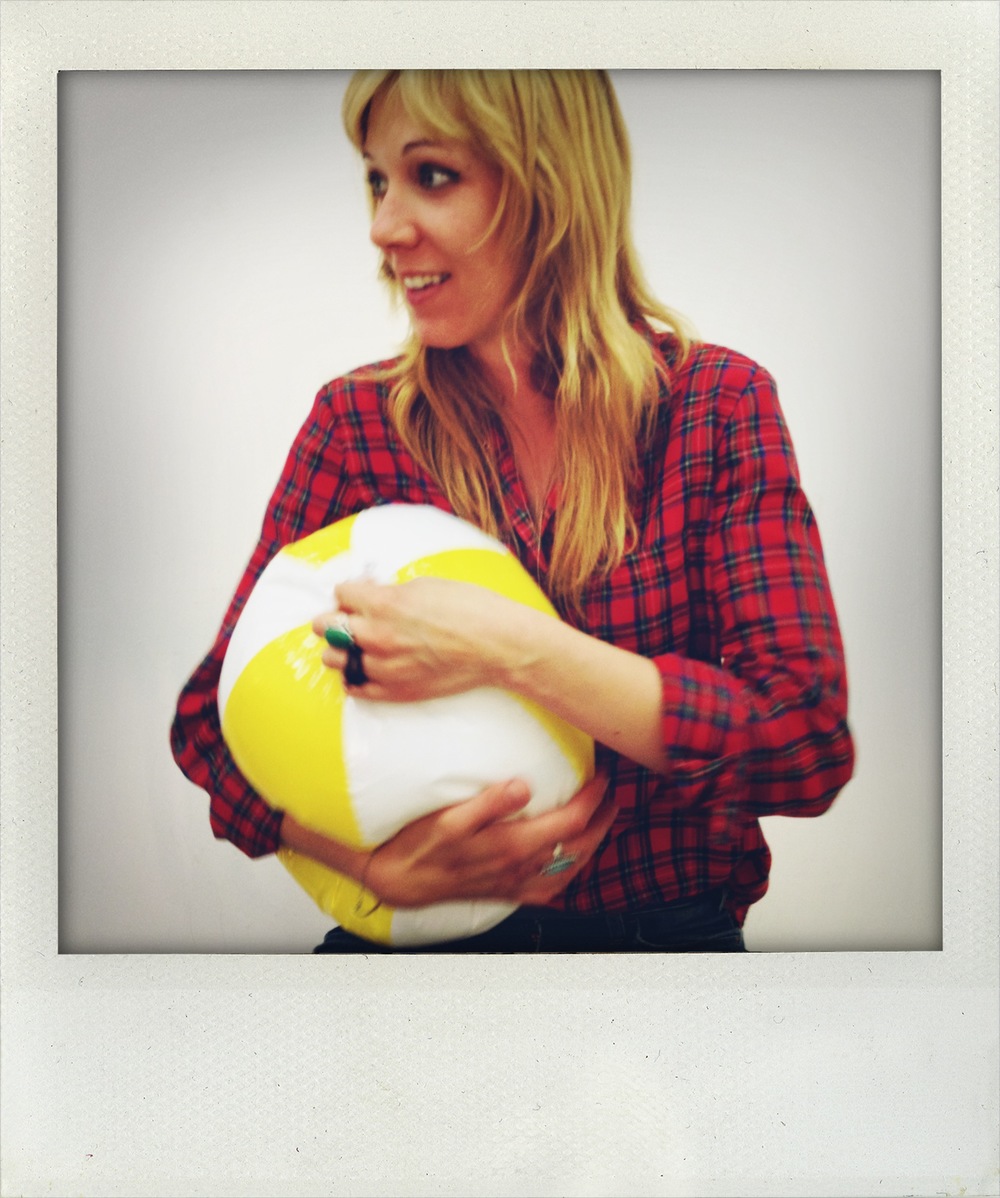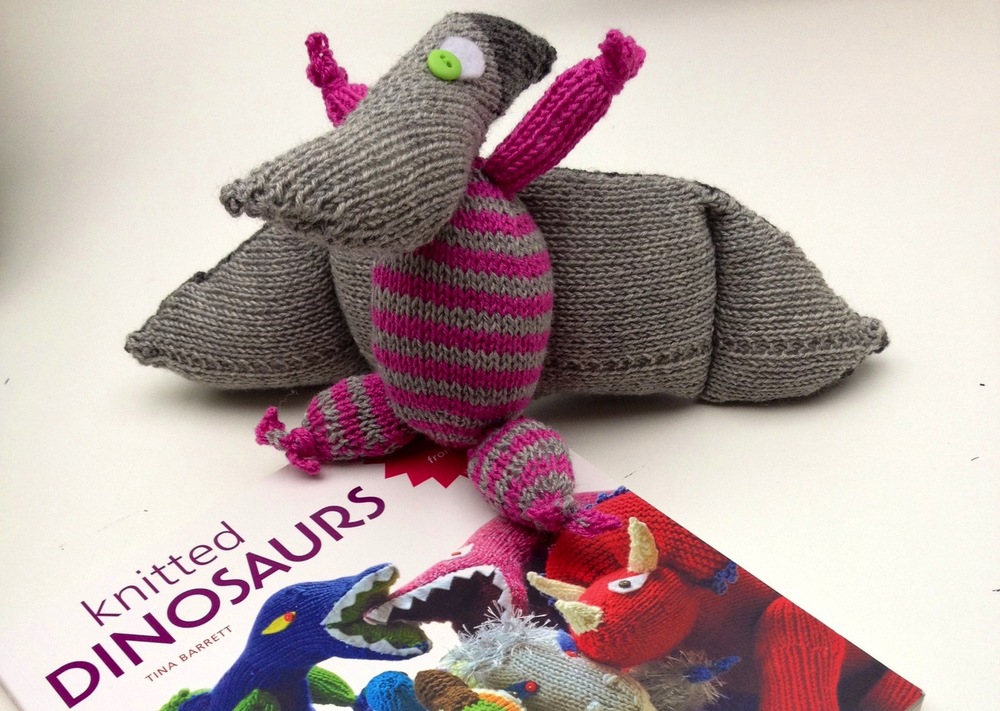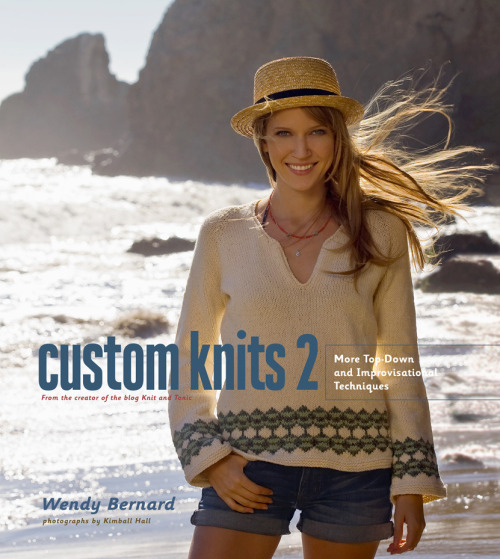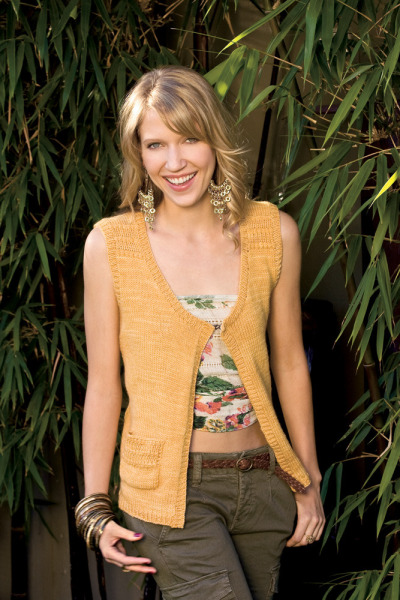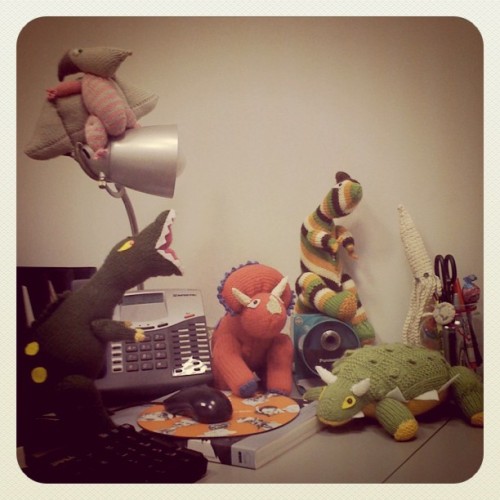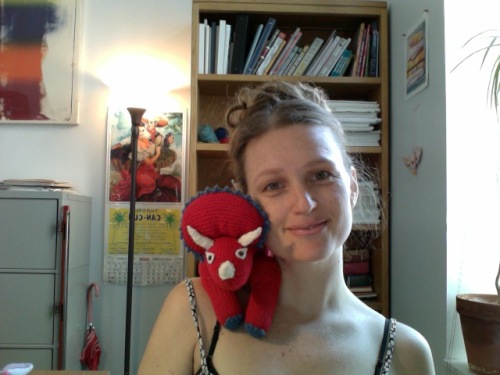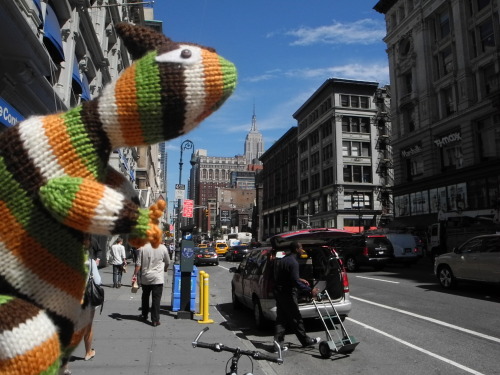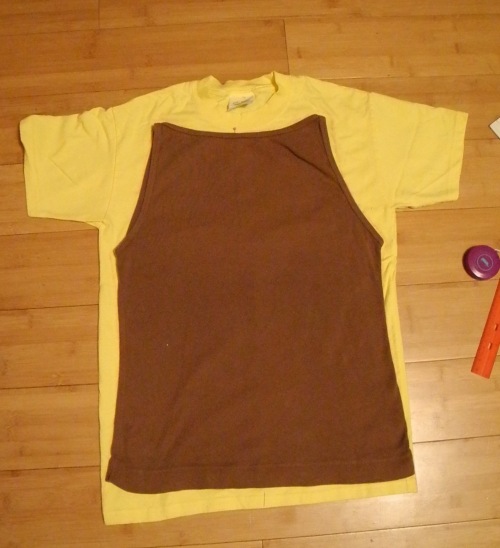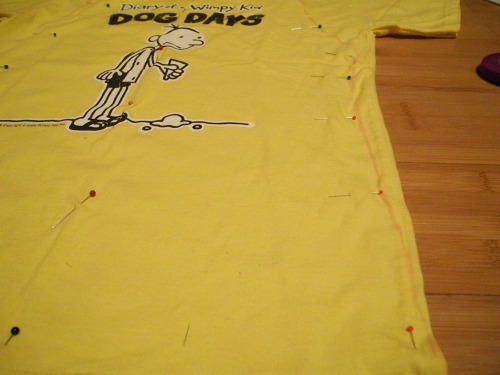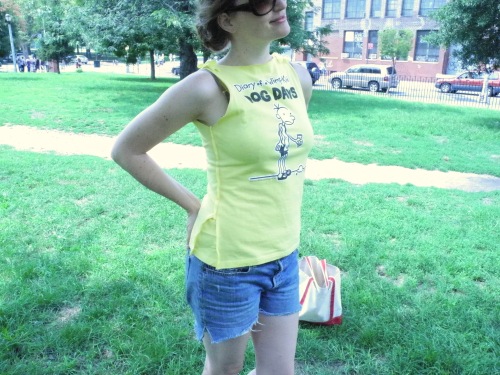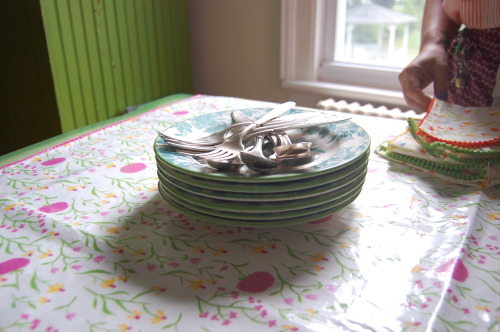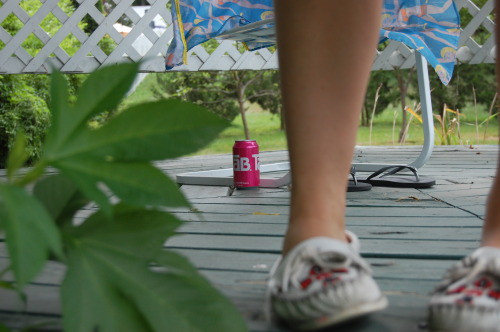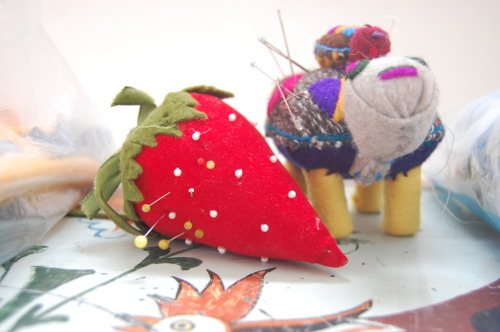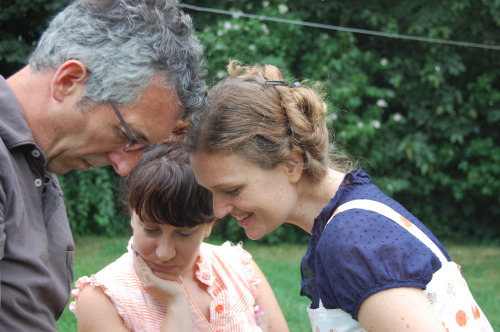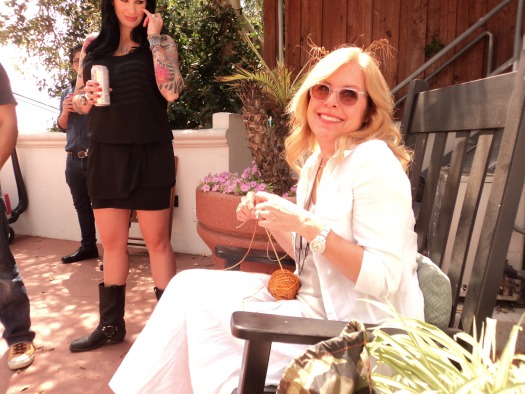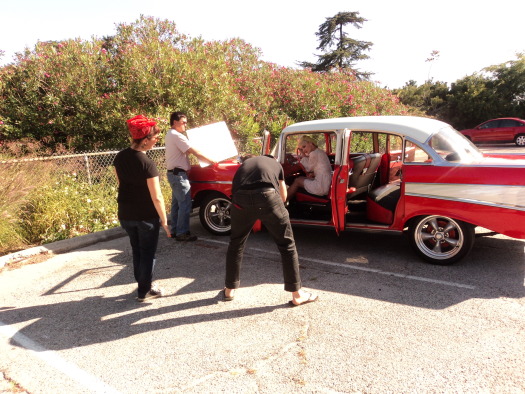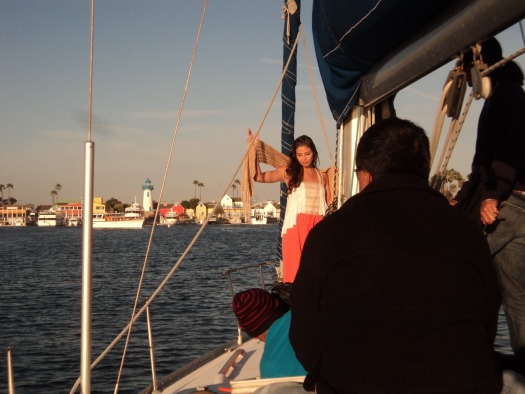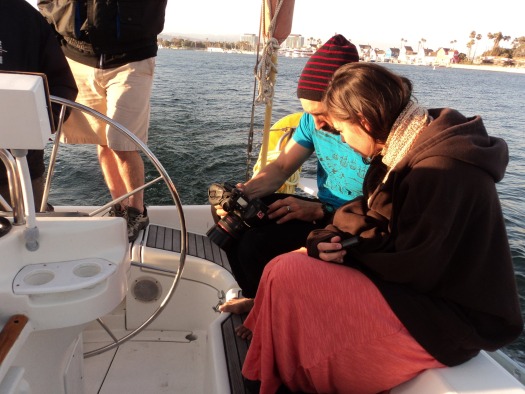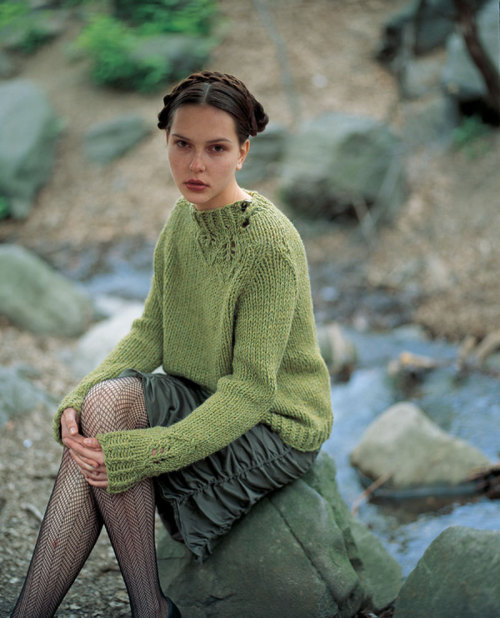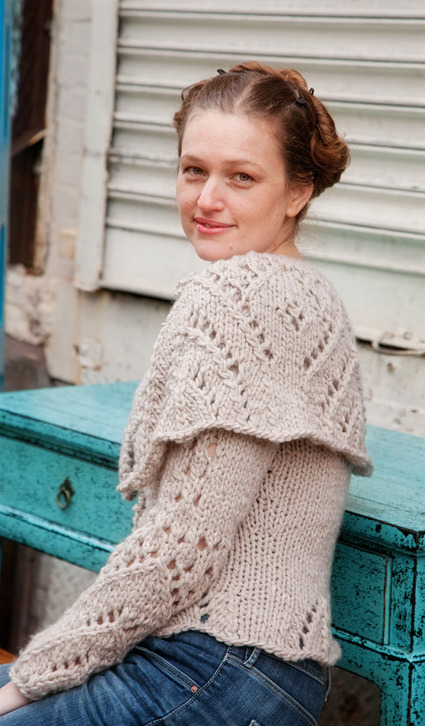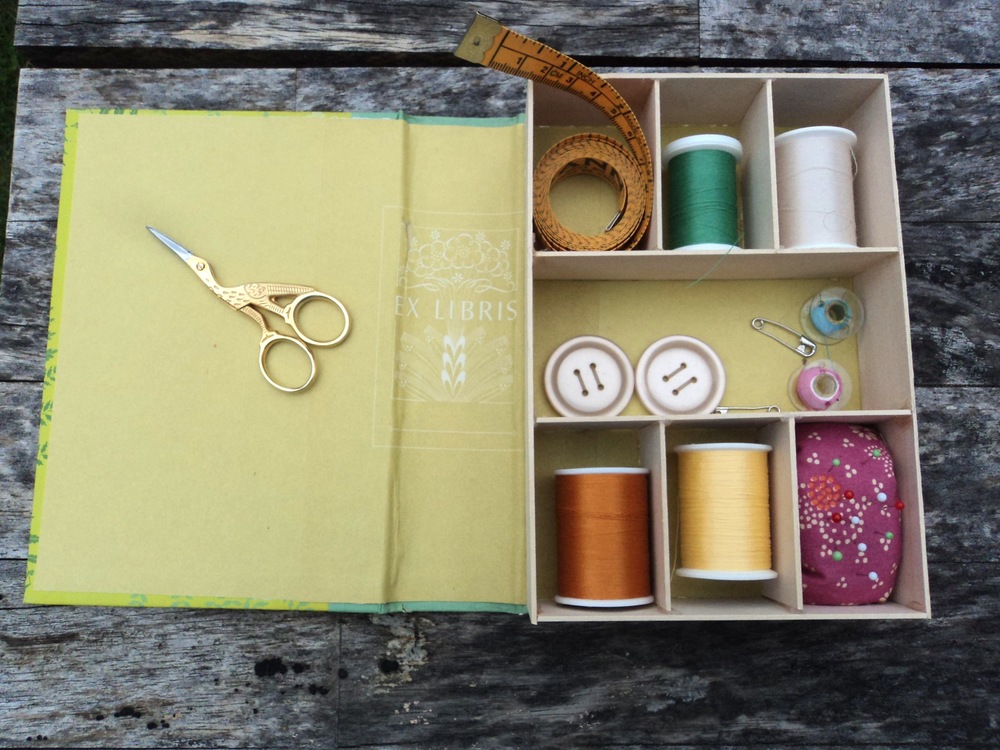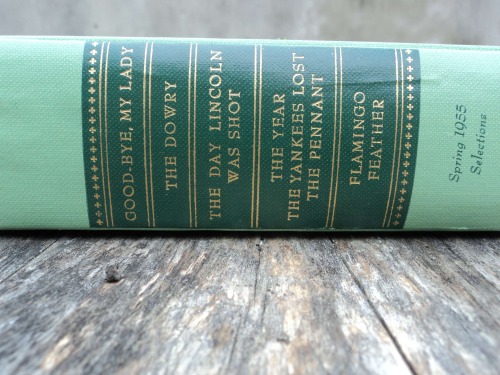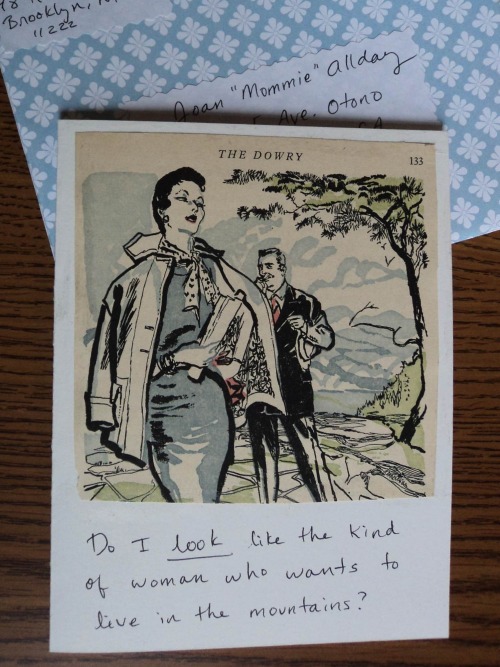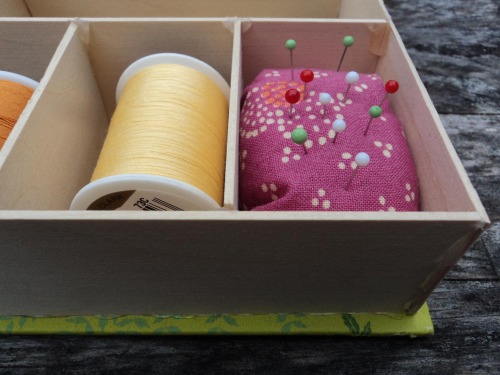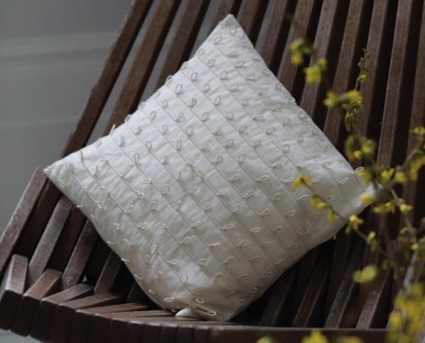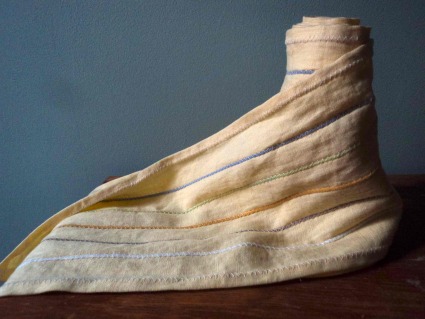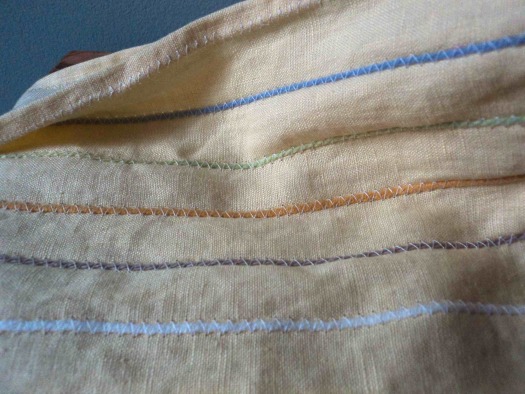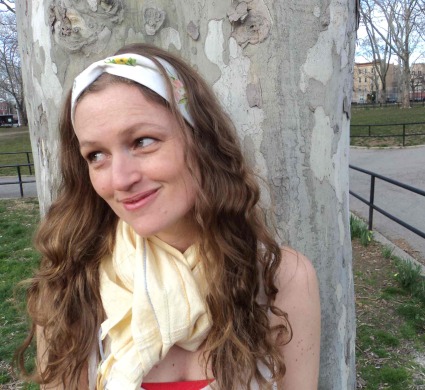
The idea for The BUST DIY Guide to Life came to us one day in fall 2009 as Melanie and I sat around the office, dreaming up future books. I said something like, wouldn’t it be amazing to do a book with BUST magazine, including hundreds of their craft and DIY projects from over the years? And Melanie said something like, let me give Debbie a call! And so we found ourselves just a couple weeks later having lunch with Debbie Stoller and Laurie Henzel, the editor in chief and creative director of Bust, talking about this exact book idea.
1,498 emails and 23 months later, we have a book! And so it is with great excitement that we want to tell you a bit about The BUST DIY Guide to Life and why we hope you will be excited about it, too.
At our kick-off meeting with Debbie and Laurie, we had a really great conversation about the current craft community and what it means to be “DIY.” You see, ten years ago when so many of us were picking up our knitting needles for the first time or blowing dust off of our grandmother’s sewing machines, we were mostly single-subject kind of gals. We might knit, but that didn’t mean we were going to grow our own vegetables or make our own cheese. Slowly over the last decade, that mentality has changed, and a person who is willing (not to mention excited) to make her own sweater is fairly likely to also want to bake a pie, or cut her own bangs. And so, as we discussed articles from the magazine that could be repurposed in the book, we came to realize that so much of what Bust produces could be considered DIY: from removing stains to giving yourself a beehive hair-do to learning how to fix your bike to starting your own craft business.
Brimming with excitement about this new kind of book, Melanie and I went back to the office and contemplated how many pages we would need to produce a book like this (the answer: 368), while Debbie and Laurie had their staff dive into the archives, flagging any articles that could be considered DIY, and developing categories, which roughly turned out to be these: home crafts, cleaning, gardening, sewing basics, repurposing clothing, jewelry making, hair-dos, make-up tricks, DIY soaps-n-scrubs, home remedies, cooking and entertaining, finance, travel, work-out tips, sex, marriage, birth, and death.
Phew! In a word, this project was feeling ambitious.
Once we picked our categories, we created an outline, and Debbie and Laurie dove back into the archives again, this time to extract all of the Word documents, photos, and illustrations. The writing styles from the articles were all over the map, so the first step was to retrofit the text so that it would have the same tone. After many months of wrangling this material, we handed all of the text and art files over to our graphic designer, Anna Christian, who flowed it into her design.
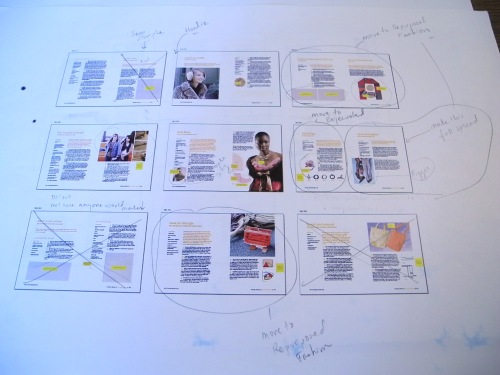
That’s when we discovered that the book was coming in at 520 pages (not the 368 pages that we needed it to be). I never in my life thought it would be possible to trim 152 pages from a book—after all, many of our books are 152 pages—but we rolled up our sleeves and hacked away at the book, moving things around, combining articles, cutting others. Above is just one “storyboarded” page from the book (each box represents two pages), which we used as a roadmap to tell the graphic designer what to cut and what to move.
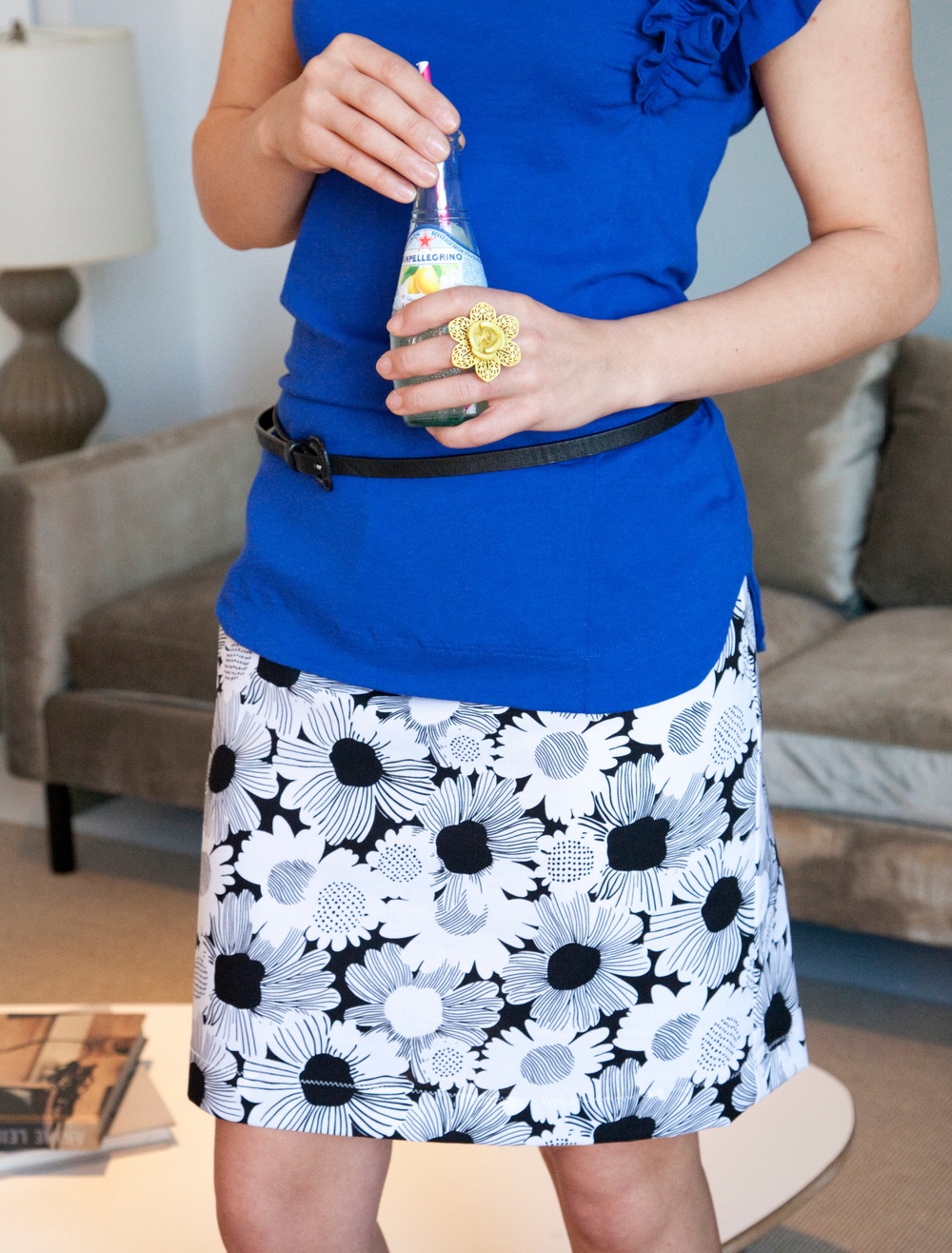
Some of the photos from the magazine were shot ten or more years ago, so we decided to give them a spruced up look. We picked about 25 projects to remake from scratch and had Marianne Rafter photograph them. Probably the most chaotic moment in the entire process of making this book was two days before the shoot when our sewist’s machine broke and she couldn’t finish the remainder of the projects. Debbie and I got on the phone and called every sewist we know in town (and many thanks to all of you who replied so quickly!). To make myself feel less stressed out, I went home that night and sewed three of the projects myself—a pillow sewn in the shape of a dachshund, a scarf made from sweaters, and this skirt shown above. Oh, the glamorous life of a craft book editor!

Despite all of the ups and downs creating this book, I must say, I was inspired every step of the way. I remember reading through the instructions for these cute fabric-covered sewn notebooks and thinking, hmmm…this looks so easy. That night I went home and whipped up a set of my own.

In the grips of winter, I made myself some sugar scrub using the recipe in the book, adding tangerine essential oils to add some cheerfulness.

For a friend’s party in March, I followed the instructions for giving myself a Frida Khalo hair-do, which garnered rave reviews from friends!
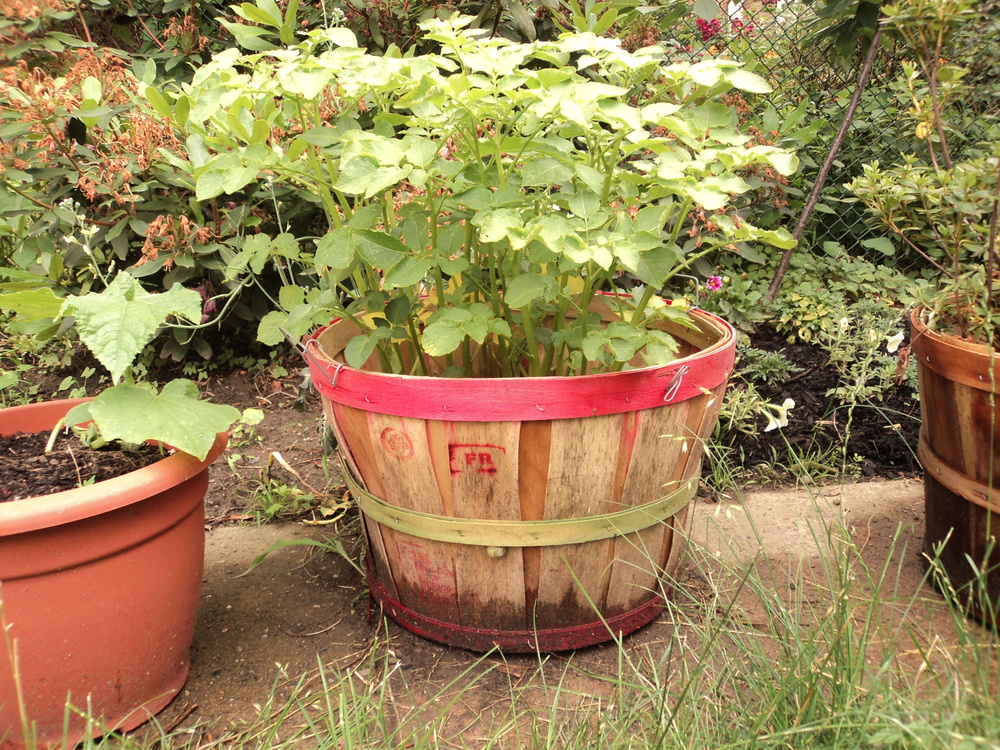
And that’s hardly scratching the surface…I’ve also made piñatas, flower hair-pins, and homemade butter. I've repaired my bra when the underwire poked through, and I've even grown potatoes in a bucket (yes, those are my potatoes shown above, and yes, potato plants look like this!) Not to mention, the Bust DIY Guide to Life even helped me plan my wedding. I was engaged while working on the book and was beginning to feel a bit stressed about the preparations. I remember reading this sentence in the “Planning a DIY Wedding” article and feeling greatly comforted: If you’re planning a DIY wedding, all you really need is an officiant, the papers, and the love of your partner. Everything else—and we mean everything—is totally optional.
So, if it isn’t totally obvious, I became pretty passionate about this book during the process. It was a primary focus for STC Craft between January of 2009 and May of 2011, and we couldn’t be prouder of how it turned out. To check out more of the images from the book, be sure to check out the gallery here. But really, nothing quite matches the experience of flipping through it yourself—there is sure to be something (or a dozen things) that you will want to make, learn, or grow for yourself—so be sure to preorder a copy or take a look when it hits bookstores this October!
